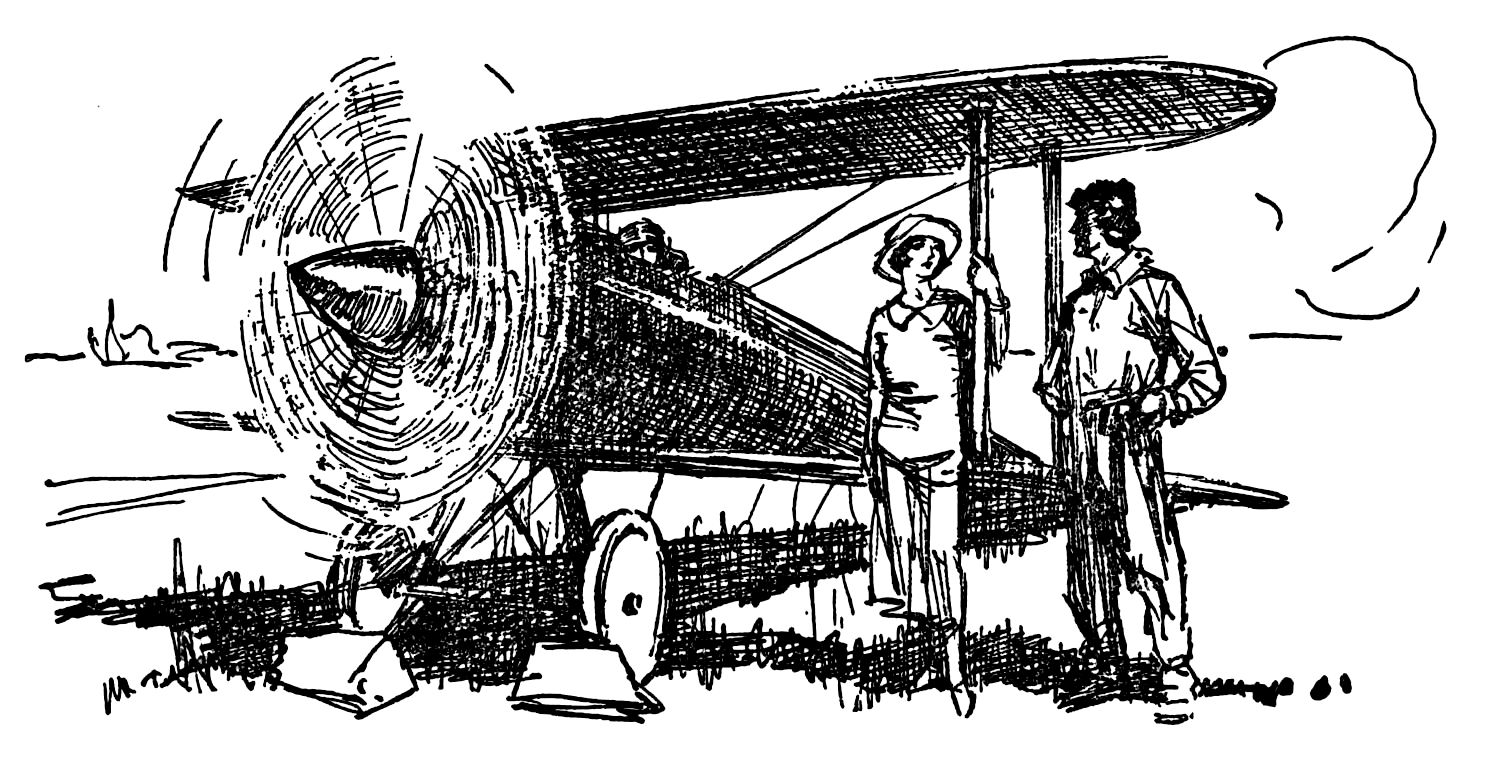
THE LAST CRASH
Most aviation stories are just good stories with aviation in them. Wehave no objection to yarns of that sort. Those that we have publishedhave been decidedly good reading. This aviation story is different—justhow different you will realize as you read it. “The Last Crash” issomething new in fiction—a real air story. Its author is a man whoknows not only the technique of the airman’s trade but also itsspirit. —The Editor
John Norris, whom you will remember as the man who flew the firststraightaway from Langstrom Field to Cristobal, had a touch of themystic in him, for all he was the sort of a man that good men favor. Andin this, it may interest you to know, Norris wasn’t different from mostmen of his calling. He was different, however, in this respect, that hewas outspoken with his ideas about unearthly matters whereas most airmenkeep their mysticism to themselves.
If Norris knew you and liked you he would tell you stories—stories toprove his conviction that “things do not happen; they are arranged.”He was a fatalist, you see.
Being a fatalist is one of the characteristic peculiarities of the flyerwhich he shares, perforce, in common with other men whose professionskeep their spiritual elbows raw with constant rubbing against the harshspecter of sudden and violent death.
“There must be an explanation for the things that happen in the air,”Norris once affirmed. “The papers call them ‘accidents’ but don’t youbelieve it. They aren’t accidents. They are consummations.
“I think this: A man is given a course to run; he runs it; and then heis wiped out. The manner, the time and the place of each man’s lastcrash is already marked up on somebody’s office tickler at Cosmicheadquarters.
“Otherwise—why? Why should men like Hawker and Alcock, with all theirbiggest risks behind them, wash out on puny little expeditions that theyundertook with no more thought than they would have given to drinking acup of tea? Why should a ship running free and smooth catch fire in theair, for no good reason that is earthly?
“There is a reason, of course, but it has nothing to do with physical ormechanical flaws, if you ask me. The flaw is not the cause. You’ve gotto look for the cause in something behind the flaw. Did you ever hear of‘Last Crash’ Cobb?”
The story of Billy Cobb, and how he came to his last crash, was one ofNorris’ classics. There is no denying that it points a moral if you wantto look at it that way.
This is what Halliday, the old crew chief, told theaccident-investigating officer.
He was standing just outside hangar number three about six-thirty ofthat simmering August evening when Captain Cobb came in with No. 59.The pilot had executed his customary landing, a tight spiral directlyover the field, followed by a spin and two accurately timed fishtailswhich brought the ship to ten feet where it leveled off up the wind andhovered swiftly to the ground.
Up to this point nothing unusual. Then the fantastic. A tire burst asthe wheels touched. The crew chief heard the sharp report. A wheelcrumpled. The right wing lurched sharply up and No. 59 dove into asudden cart wheel.
The crew chief was heading across the field, calling “Ambulance!” as hewent,